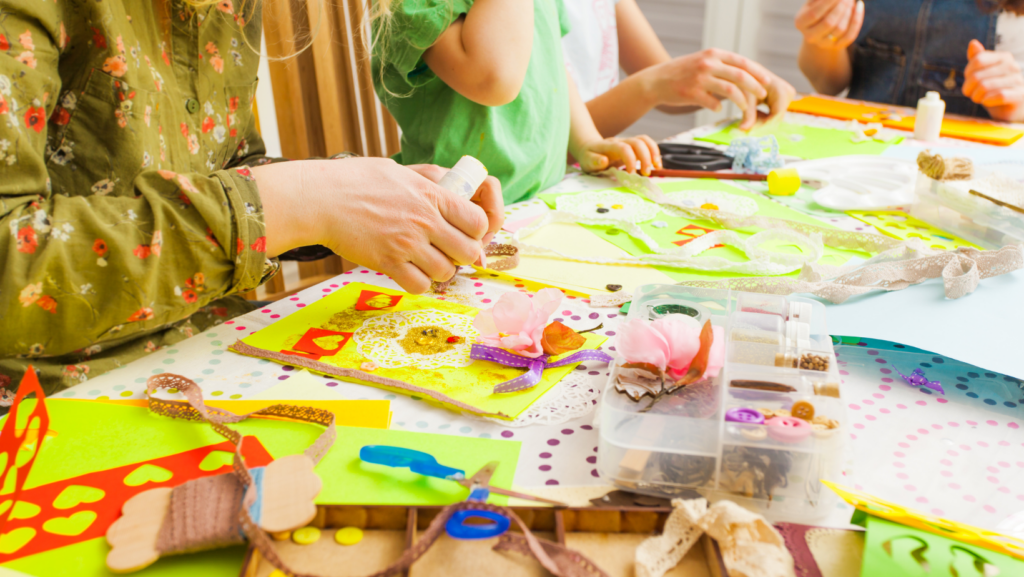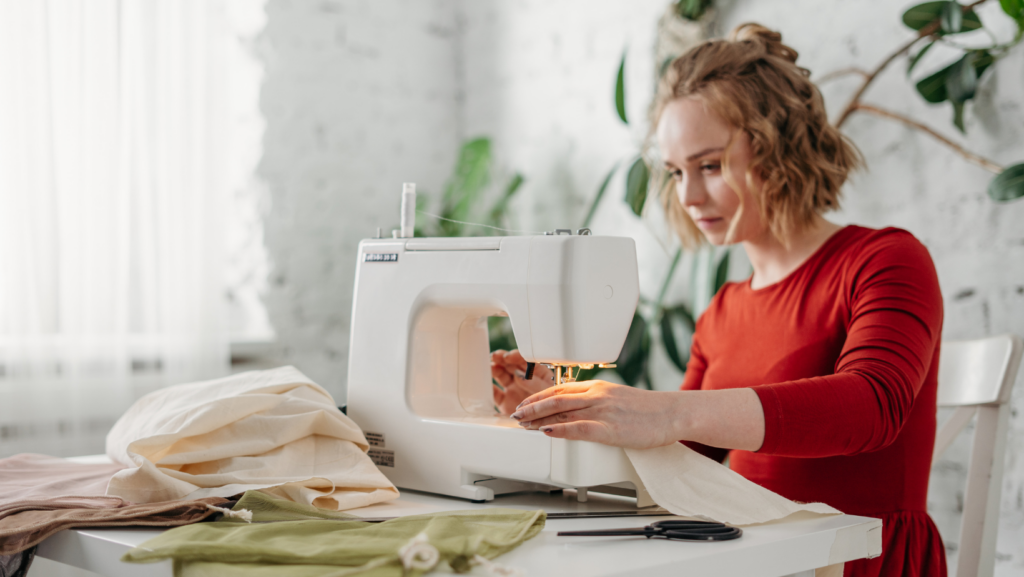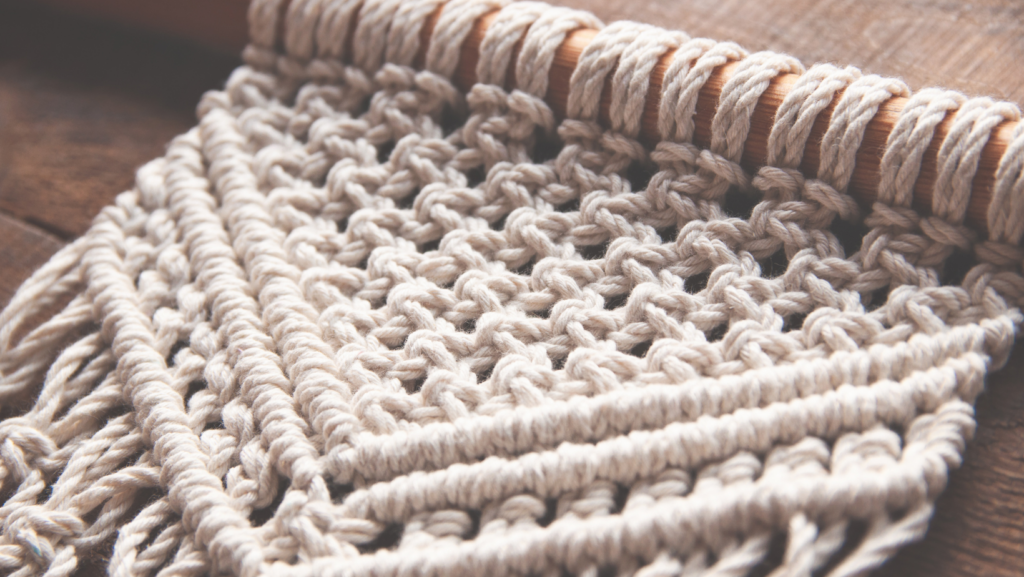Unleash your creativity and dive into the world of DIY art projects It’s a realm where imagination meets practicality, and the result? A masterpiece that’s uniquely yours. Whether you’re a seasoned artist or a beginner looking for a fun hobby, DIY art projects offer a rewarding experience.
DIY Art Projects
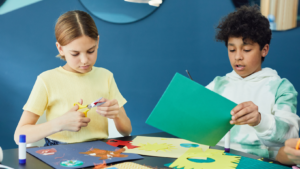 DIY art projects represent an adventurous journey into the realm of creativity. They bridge the gap between technical expertise and inventive spirit, enabling individuals to fabricate striking, personalised pieces. The ensuing subtopics probe deeper into the core elements and significance of DIY art projects.
DIY art projects represent an adventurous journey into the realm of creativity. They bridge the gap between technical expertise and inventive spirit, enabling individuals to fabricate striking, personalised pieces. The ensuing subtopics probe deeper into the core elements and significance of DIY art projects.
Creativity serves as the backbone of DIY art. It’s involved in every step, ranging from the conception of project ideas to the composition, execution, and final presentation. Creativity, in this context, provides individuals with a unique avenue to express themselves and transform ordinary materials into works of art.
Skills Required for DIY Art Projects
DIY art necessitates a unique fusion of skills. At the bare minimum, it demands some level of craftsmanship, proble-solving skills, patience and an eye for aesthetics. Craftsmanship equips an individual with the technical finesse required for the physical realization of project ideas, while problem-solving skills come into play when navigating potential issues that might arise during the project process. Patience nurtures the commitment necessary to see a project through from start to finish, while an aesthetic eye helps to align the project’s outcomes with the creator’s artistic vision.
Benefits of Engaging in DIY Art Projects
DIY art projects yield myriad benefits both for artistic hobbyists and seasoned professionals. These benefits extend beyond the obvious satisfaction derived from creating something with one’s own hands. They also include heightened self-confidence, improved hand-eye coordination, and stress relief. Moreover, they provide a platform for individuals to explore and develop new skills, further enhancing their artistic repertoire.
Types of DIY Art Projects
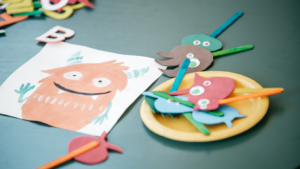 In delving deeper into the realm of DIY art, the audience appreciates the eclectic range of projects available. Diversity emerges as projects span beyond common forms such as painting and sculpting.
In delving deeper into the realm of DIY art, the audience appreciates the eclectic range of projects available. Diversity emerges as projects span beyond common forms such as painting and sculpting.
A joy for the imagination, paper crafts stand as fundamental DIY art projects. Examples include origami and papercraft, both turning modest sheets of paper into enchanting creations. Origami, the Japanese art of paper folding, calls for precision and delicacy to transform paper into sculptural pieces. Papercraft, on the other hand, involves creating 3D objects, models, and scenes by cutting, folding, and gluing paper.
Fabric and Thread Projects
Moving along the spectrum, fabric and thread projects possess a unique charm. They range from quilting and embroidery to knitting and crochet. Quilting entails stitching together multiple layers of fabric to create a padded material, often used for bedding or wall decorations. Embroidery utilizes colorful threads to render intricate patterns on fabric, manifesting a blend of patience and precision. Knitting and crochet, involving intertwining yarn in a series of connected loops, yield cozy garments and home accessories.
DIY Art Projects Stand Out
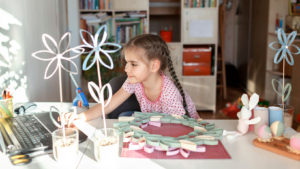 Unleash your full artistic might. Gear up for an inspiring journey of creating bespoke DIY art projects that will not only display your talent but also leave a lasting impression.
Unleash your full artistic might. Gear up for an inspiring journey of creating bespoke DIY art projects that will not only display your talent but also leave a lasting impression.
Understanding color theory can be a game-changer in DIY art projects. It’s an area often overlooked but one that can greatly enhance the overall appeal of your creations. Recognizing the relationship between colors and how they interact on a color wheel plays a crucial role in determining the mood, tone, and depth of your artwork.
Embedding personal elements in your artwork can make it stand out and uniquely represent you as an artist. This can range from incorporating your favorite symbols, designs, or personal aesthetics, to using a distinctive color palette, or even embedding stories and experiences into your work.
For instance, if you find solace in nature, draw inspiration from it. Reflect lush landscapes in a woven tapestry, or capture the colors of a sunset in a painting. If you’re intrigued by geometry, incorporate intricate patterns in your papercraft.

